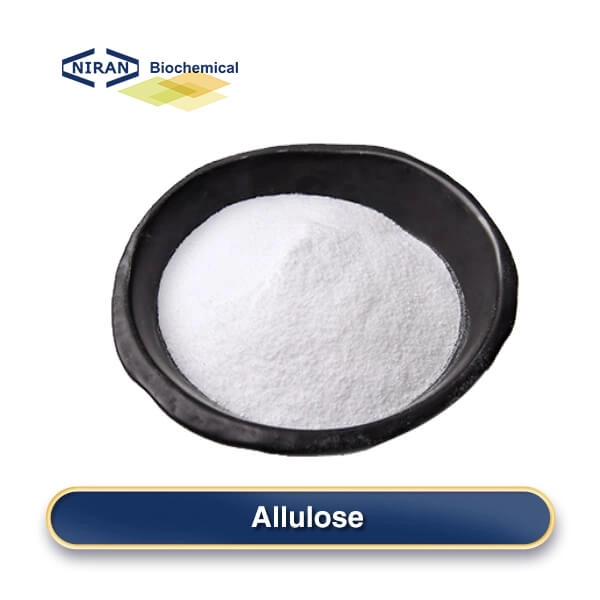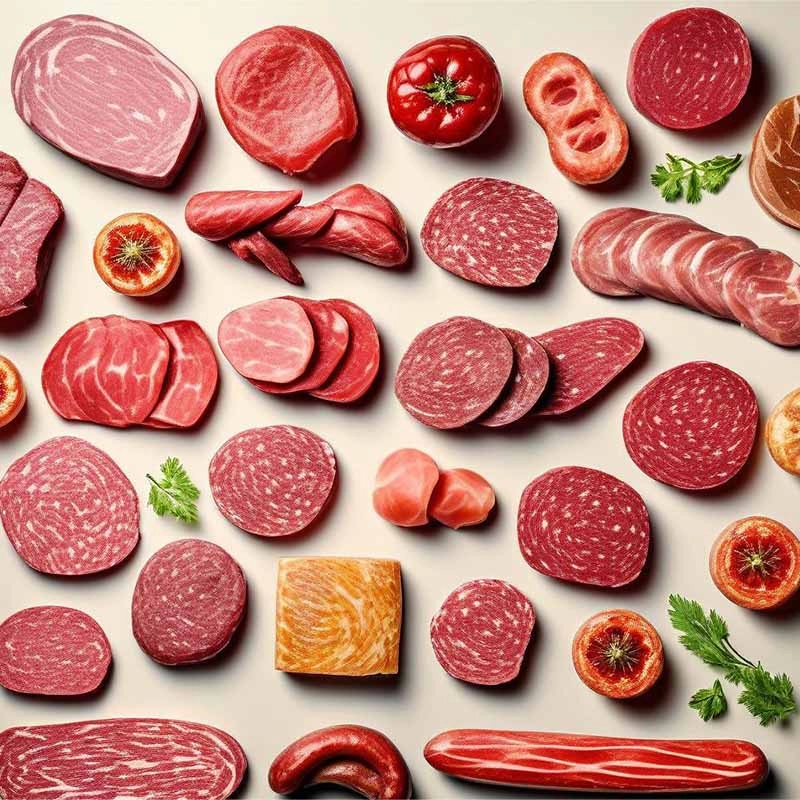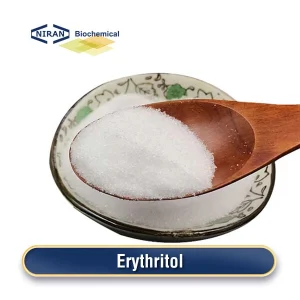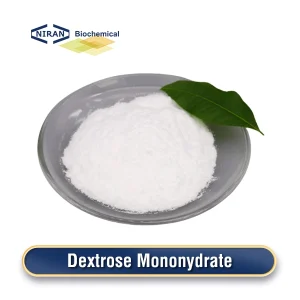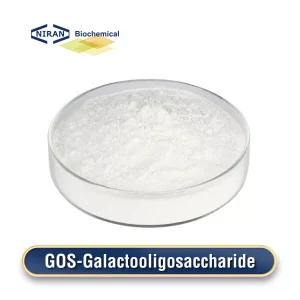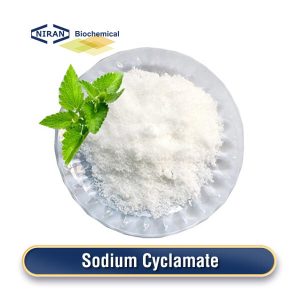What is Allulose?
A uncommon six-carbon ketose known as cellulose is granule- or powder-white in color. It is almost entirely calorie-free and has unique health advantages like blood sugar regulation. It is evaluated by the American Food Navigation Network as the most promising sucrose substitute and is widely used in the food and pharmaceutical industries.
The production of allulose was originally mainly carbohydrates, usually starch, pectin, glucose, etc. These raw materials are converted into glucose or fructose through enzymatic hydrolysis or acid hydrolysis at appropriate temperature and pH value, and then filtered, crystallized, dried, etc. to finally obtain the finished product.
Related parameters:
| ITEMS | Index |
| D-Allulose content (dry basis),% ≥ | 98 |
| Ignition residue,% ≤ | 0.1 |
| Loss on drying,% ≤ | 1.0 |
| Lead(Pb)mg/kg | ≤ 0.5 |
| Arsenic(AS) mg/kg | ≤ 0.5 |
| pH | 3.0~7.0 |
| Total plate count,CFU/g | ≤ 100 |
| Mould and Yeast, CFU/g | ≤ 50 |
Recommended dosage
| Food name | Maximum usage(g/kg) |
| Beverages | 1 g/kg |
| Bakery | 5 g/kg |
| Jam | 5 g/kg |
| Dairy products | 5 g/kg |
| Salad dressing | 5 g/kg |
| Sauce | 5 g/kg |
| Low-energy food | 5 g/kg |
| Quick-frozen food | 5 g/kg |
| Canned fruit | 5 g/kg |
| Chocolate products | 5 g/kg |
| Yogurt | 5 g/kg |
Allulose has a wide range of uses
- Low calorie: Allulose has about 70% of the sweetness of sucrose but significantly fewer calories, only one-tenth that of sucrose. According to FDA regulations, allulose provides 0.4 kcal/g. Unlike sugar alcohols, cellulose does not upset the stomach since it is not digested by the body and does not ferment quickly in the intestines.
- Taste close to sucrose: Allulose has a taste that is close to sucrose, offering a soft, delicate, and pure sweetness similar to high-purity sucrose. It stimulates the taste buds more quickly than sucrose and does not leave any unpleasant aftertaste. Its sweetness remains consistent across different temperatures, providing a pure sweetness in any condition.
- Improve product quality: Through the Maillard reaction, cellulose and egg white protein can create a superior cross-linking structure that improves food texture and yields compounds with potent antioxidant properties. By reducing oxidation losses during food processing and storage, these antioxidants aid. Replacing some of the sucrose with allulose in cakes can generate a significant amount of antioxidant components via the Maillard reaction, thereby improving the overall quality of the cake.
User asked question:
Q:What are the advantages of allulose over erythritol?
A:Allulose and erythritol are both commonly used low-calorie sweeteners, but they have some different advantages in function and application.
First: Allulose is about 70% as sweet as sucrose, while erythritol is about 60-70% as sweet as sucrose. Therefore, allulose can be used in less quantity to provide a sweet taste similar to sucrose.
Second, the taste of allulose is closer to sucrose, without the cooling effect (cooling feeling) common in erythritol. This makes allulose more able to simulate the taste of sucrose in many applications, especially those without cooling effect requirements.
Additionally, allulose has minimal impact on blood sugar and insulin levels, making it an excellent choice for diabetics and individuals who need to manage their blood sugar levels. Although erythritol also has a low effect on blood sugar, allulose has a more stable response.
Finally, allulose is mainly excreted through urine and is not mostly absorbed by the human body during metabolism, so it has extremely low calories. Erythritol is partially absorbed by the intestines and excreted through urine, and there are some differences in the metabolic pathways between the two.
Compared with citrus candy, allulose can be used in a wider range of foods and beverages, including beverages, dairy products, baked goods, frozen desserts and candies. Its pleasant sweetness and taste make it a versatile ingredient that performs well in a variety of products.

